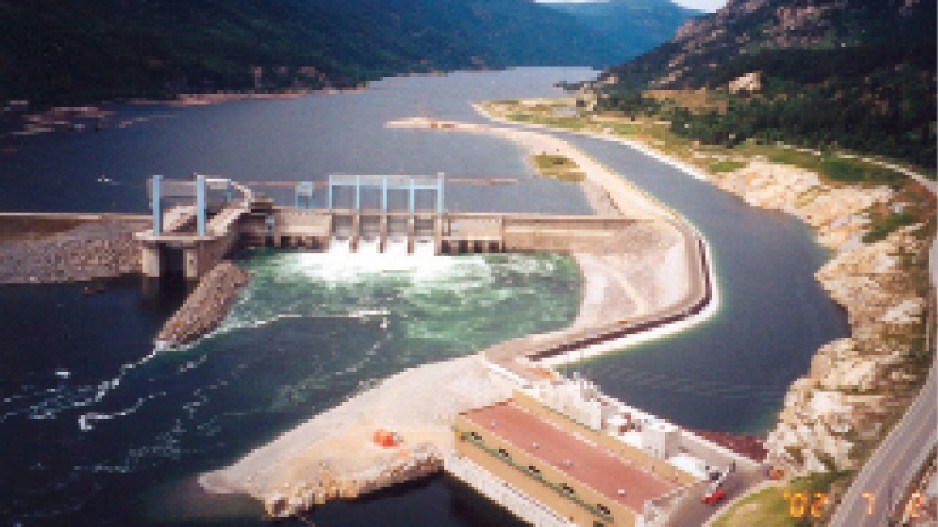When the Columbia River Treaty was first signed between Canada and the United States in 1961, and later ratified in 1964, the driving forces behind the deal were flood control and power generation.
The United States needed Canada to build a series of dams to regulate the flow of the Columbia River because it would flood in the spring and cause severe damage in places such as Oregon. The storage supplied by the Canadian dams would also create electricity in the U.S.
But now that the treaty is being re-examined by the B.C. government – the deal was designed to last for 60 years, but can be renegotiated 10 years prior to its expiration, beginning in September 2014 – its mandate might expand to include environmental concerns as well.
According to a set of draft recommendations, published by the B.C. government, new “ecosystem-based improvements” and the “restoration of fish passage and habitat, if feasible,” should be components of a new Columbia River Treaty.
“There are fish issues on both sides of the border,” said Bill Bennett, Minister of Energy and Mines.
“Salmon stocks and sturgeon stocks have declined. So, we’re putting this issue out there.”
Salmon stocks on the Canadian portion of the Columbia declined after the Grand Coulee Dam was built in the early 1940s.
Katrine Conroy, NDP MLA for Kootenay West and Opposition Critic for the Columbia River Treaty, said any possible improvements to ecosystems in the area of the dams should be considered because construction of the dams caused significant environmental damage in B.C.
“We’re never going to get back what we lost,” she said.
“But we should be investigating what else we can have. We lost farms and we lost homes and there are people still not happy about it.”
The U.S. groups involved are the Bonneville Power Administration and the US Army Corps of Engineers. They too are re-examining the treaty. In a draft document published in June, ecosystems affected by the dams are highlighted as an area for consideration.
The U.S. document also mentions reworking the Canadian Entitlement. The treaty stipulation grants Canada, and B.C. specifically, one-half of the added power generated in the U.S. by the Canadian dams. For the first 30 years of the treaty, B.C sold the entitlement for $254 million. In 1998, the entitlement returned and has generated between $200 million and $300 million per year in revenue for the province.
The B.C. government will be hosting a series of workshops in the Kootenays and Shuswap areas in early November to discuss its recommendations. The public has until November 20 to comment after which a set of final set of recommendations will be written and presented to cabinet.
Columbia River Treaty dams
Canadian dams
Duncan – completed in 1967
Hugh Keenleyside – completed in 1968
Mica – completed in 1973
American dam
Libby – completed in 1973. Libby is in Montana
Source: Columbia River Basin Trust




